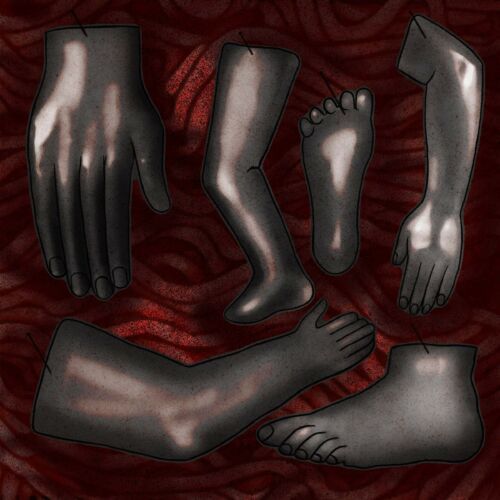Minefields and unexploded ordnance in Casamance, Lebanon and Wales
The aftermath of a 40-year civil war in Casamance – a region of Senegal – includes mines and unexploded ordnance threatening the population. The conflict is between the separatist Movement of Democratic Forces of Casamance (MFDC), which seeks the region’s secession from Senegal, and the government army. According to Senegalese authorities, between 49 and 170 hectares of land are still mined, mainly in the region of the town of Ziguinchor. In addition to the physical threat to human life and health, the mines hinder residents’ access to roads, schools and farmland.
Mines Advisory Group (MAG) has been operating in Lebanon since 2001. In 2022, its workers cleared 200 ha of land and destroyed around 10,000 landmines. MAG is involved in defusing cluster munitions in the Bekaa Valley, improvised explosive devices (IEDs) left behind by IS in northeast Lebanon, and demining the Blue Line – the demarcation line between Lebanon and Israel. This includes a 120-kilometre field planted with 400,000 mines, which are a deadly threat to the people there. The area’s primary income source is the cultivation of the often-mined land.
There are thousands of unexploded World War II ordnances in Wales, mainly in Cardiff and Swansea, and the emergency services intervene around 20 times a year for that reason. During the fighting, 743 air strikes were carried out over Wales, dropping between 5,000 and 30,000 bombs each time. Around 10% of these failed to explode.























